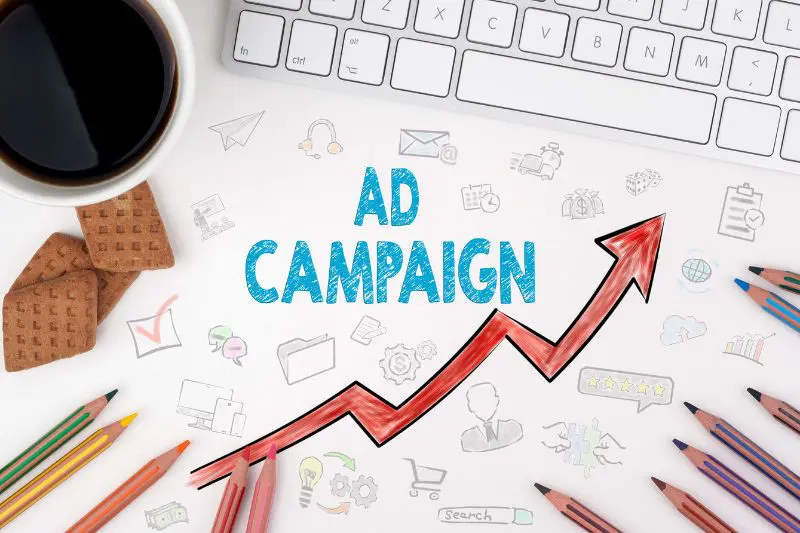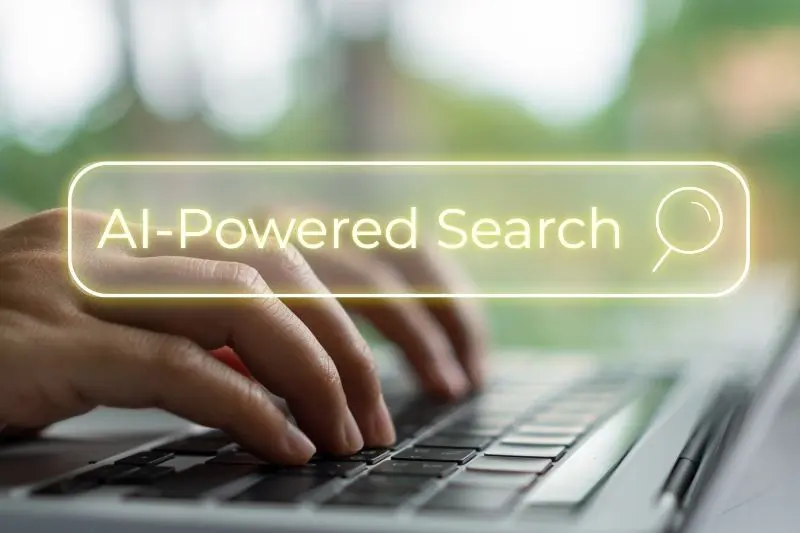
As we shared in our recent post about Zero-Click searches, the way people find dentists online is changing—and fast. Google is now showing more answers directly on the search page, and tools like ChatGPT are becoming part of how people search for healthcare.
As a result, it’s harder—and more expensive—to get patients to click on your ads or visit your website. That doesn’t mean online marketing is broken. It just means your strategy has to shift to match how people search now.
What’s Changing?
Google is answering patient questions up front
If someone searches, “What’s the cost of a crown in [city]?” Google now often shows the answer right on the search page—no click needed. These are called AI Overviews. If the patient gets what they need right there, they may never visit your website.
Fewer clicks, higher costs
Even if your ad is showing up, fewer people are clicking. And when they do, it costs more than it used to. This increase in cost-per-click (CPC) is happening across most industries—and dental ads are no exception.
Patients are using AI tools like ChatGPT
Instead of going to Google, more people are now asking tools like ChatGPT their dental questions. They get fast, simple answers without sorting through websites. This means your practice needs to be visible in more places than just Google search results.
What This Means for Your Dental Practice
- Lower website traffic doesn’t always mean fewer opportunities. People might be getting the info they need before they ever click—but that doesn’t mean they’re not researching.
- Ranking at the top of Google isn’t enough anymore. If you’re not showing up in the right formats—like AI summaries or local results—you’re being skipped.
- Ads cost more, so every click needs to count. You don’t want to waste money on people who aren’t a good fit.
What You Can Do
Answer common questions clearly on your website
Add simple, helpful answers to questions like:
- How much does a crown cost?
- Do you offer sedation dentistry?
- Are same-day appointments available?
Use short answers and Q&A sections. This makes it easier for Google’s AI to include your practice in its summaries.
Make your ads work smarter, not harder
- Target your local zip codes—not the whole city.
- Run ads during peak hours (like weekday mornings).
- Write ads that match exactly what your ideal patients are searching for.
Focus on real patient actions, not just clicks
Instead of just asking how many clicks you got, ask:
- How many people called?
- How many booked an appointment?
- What was the cost per actual lead?
These are the numbers that matter now.
Be everywhere your patients look
Don’t rely on Google alone. Be visible on social media, in email newsletters, and through patient reviews and video content. The more often people see your brand, the more likely they are to trust and choose you.
Bottom Line
Search is changing—and your marketing needs to keep up. AI tools like Google’s new summaries and ChatGPT are giving people quick answers, which means fewer clicks and more competition.
But with the right adjustments, your practice can still stand out. Focus on clear content, smart ad targeting, and tracking what really matters: phone calls, leads, and new patients.
Need help navigating these changes?
Bullseye Media helps dental practices run smarter, more effective marketing campaigns that get real results. Call us at (800) 506-9817, email [email protected], or contact us here.


